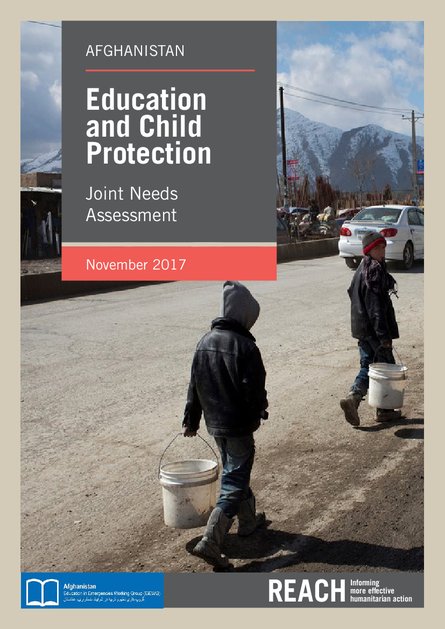
Ongoing conflict within Afghanistan has continued to result in widespread displacement, with more than 318,000 Internally Displaced Persons (IDPs) recorded in the country since 1 January 2017. Moreover, at least 260,000 Afghans have been forced from their homes in neighbouring countries, often returning to vulnerable living conditions and poor socio-economic situations within Afghanistan. Furthermore, the estimated 220,000 Pakistani refugees residing within Afghanistan are increasingly considered a vulnerable population within humanitarian conversations, further straining available resources.3 The complex pattern of displacement has exacerbated needs and vulnerabilities across all population groups, including child protection concerns for boys and girls. In terms of education, literacy rates and years of education attainment have likely fallen since the start of the emergency.4 Similarly, widespread displacement has arguably had a negative effect on education provision as schools cannot absorb sudden influxes of displaced children, a lack of documentation held by displaced household prevents school enrolment, and displacement drains financial assets, reducing the ability of households to send children to school.5
To test these suppositions and fill the gap of a nationwide education situational overview of displaced populations in Afghanistan, this assessment aimed to outline the education and child protection needs and vulnerabilities among internally displaced persons (IDPs), returnee and refugee populations. The assessment was designed by REACH in close collaboration with the Education in Emergencies Working Group (EiEWG), to build a response analysis framework with which to align indicators in a way that was directly relevant to programming and advocacy by the EiEWG and its partners. Findings from this assessment were used to inform the 2018 Humanitarian Needs Overview (HNO) and Humanitarian Response Plan (HRP), aiming to inform evidence-based planning in the upcoming year.